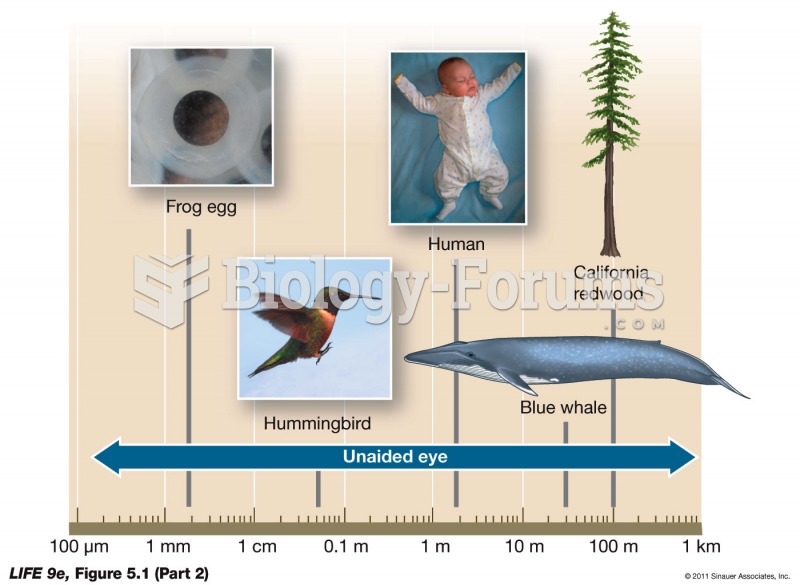Answer to Question 1
C
Answer to Question 2
Piaget concluded that children were egocentric because of their tendency to give their own view in response to tasks such as Piaget's three-mountain problem. More recent research indicates that high task demands led Piaget to an erroneous conclusion. Using less demanding tasks, children as young as two-and-a-half years of age have shown an awareness of the point of view of others. Even when children are aware that the view of another may be different, they are not as able as older children to infer what that view is. The current view is that young children are not totally devoid of the ability to perspective-take (as Piaget had maintained), but that they do get better at it throughout life. Piaget concluded that children are animistic thinkers because they tend to talk about the sun and other objects as if they had life (and sometimes even human) qualities. Recent evidence indicates that even three-year-olds do not routinely attribute life to inanimate objects. It occurs most commonly when the child is unfamiliar with the object and its properties, and the object appears to move on its own. Piaget maintained that preoperational children were unable to conserve weight, number, mass, etc. because they lacked the logical thought operations of reversibility and compensation and, hence, had to base their responses solely on how things looked. More recent studies have had some success in training preschool children to conserve using identity training. These results have led developmentalists to question whether reversibility and compensations are really essential to conservation and whether the ability to conserve is all or none.







